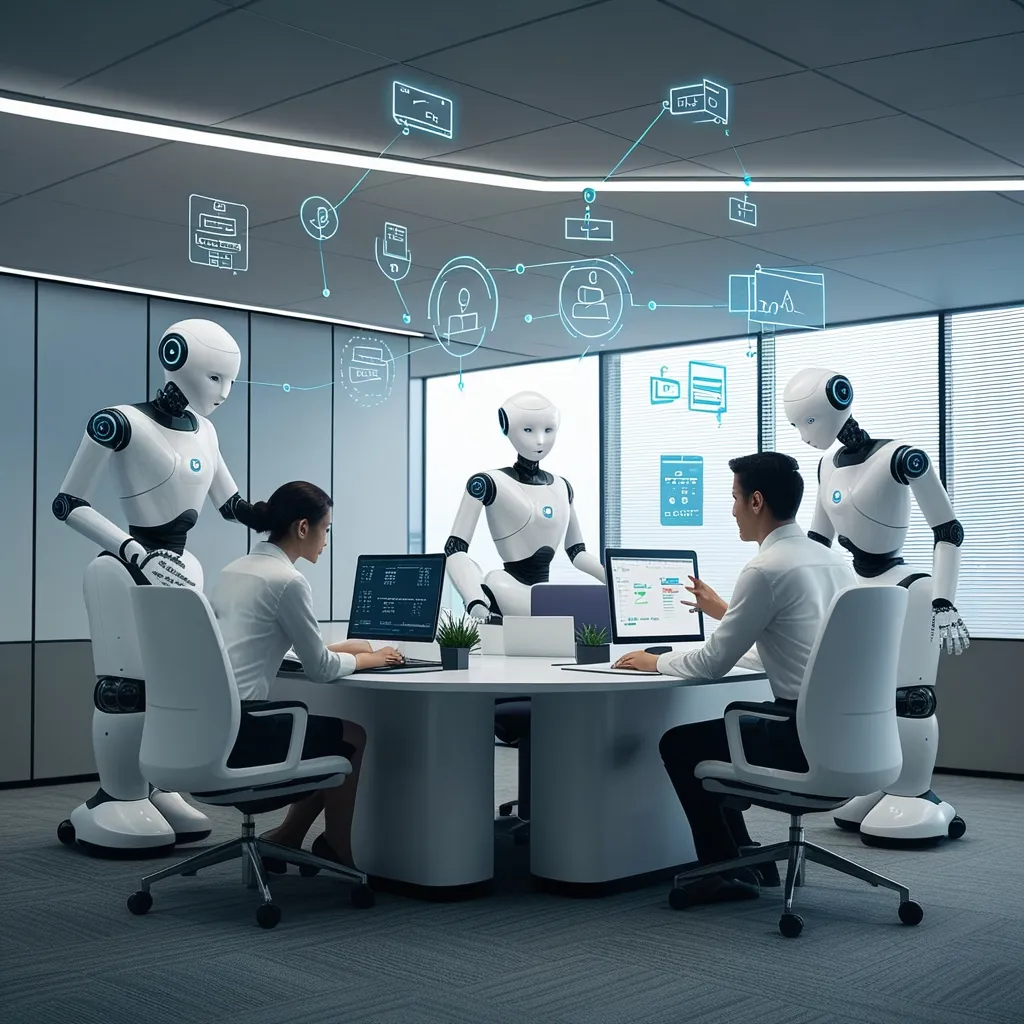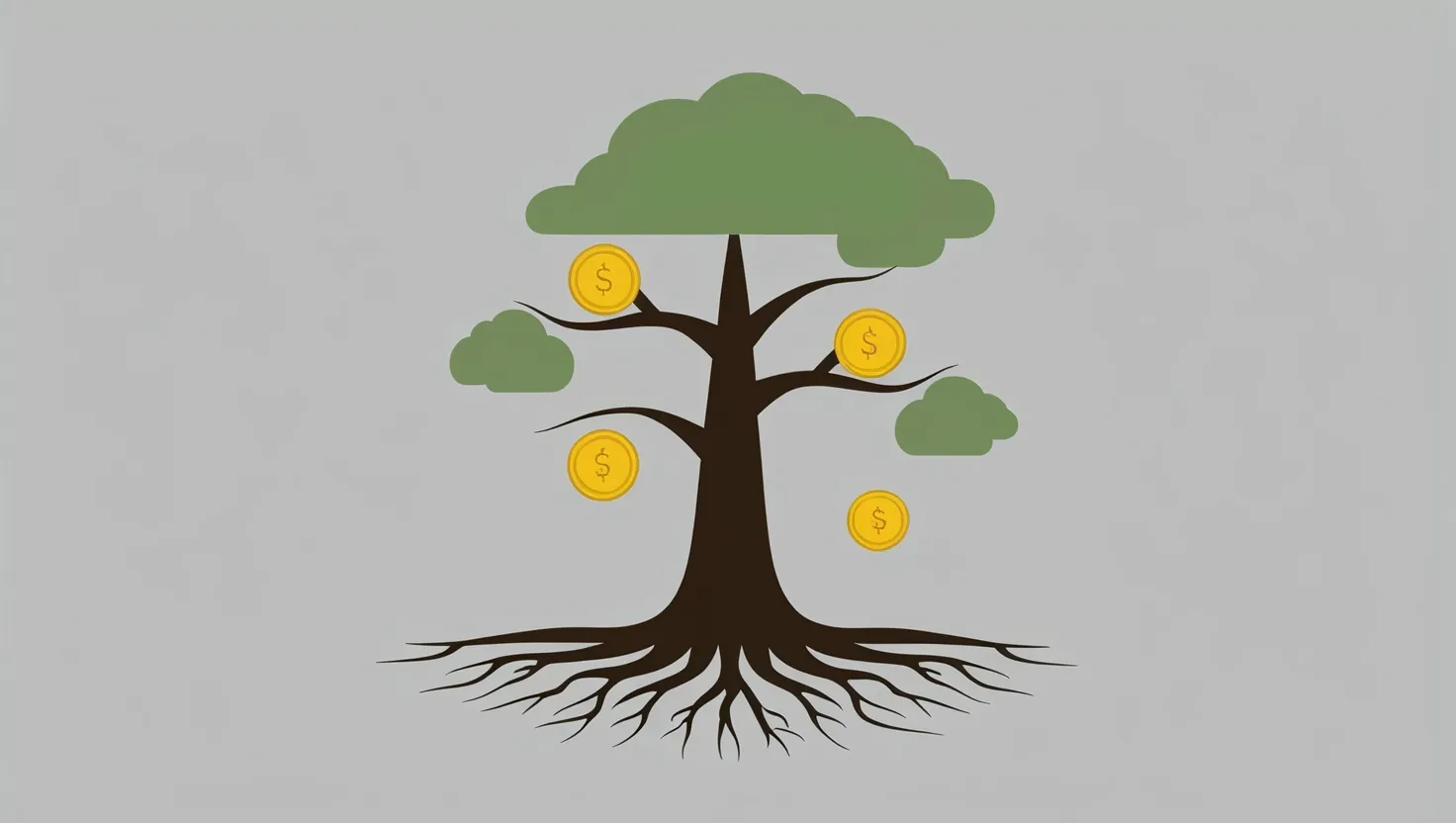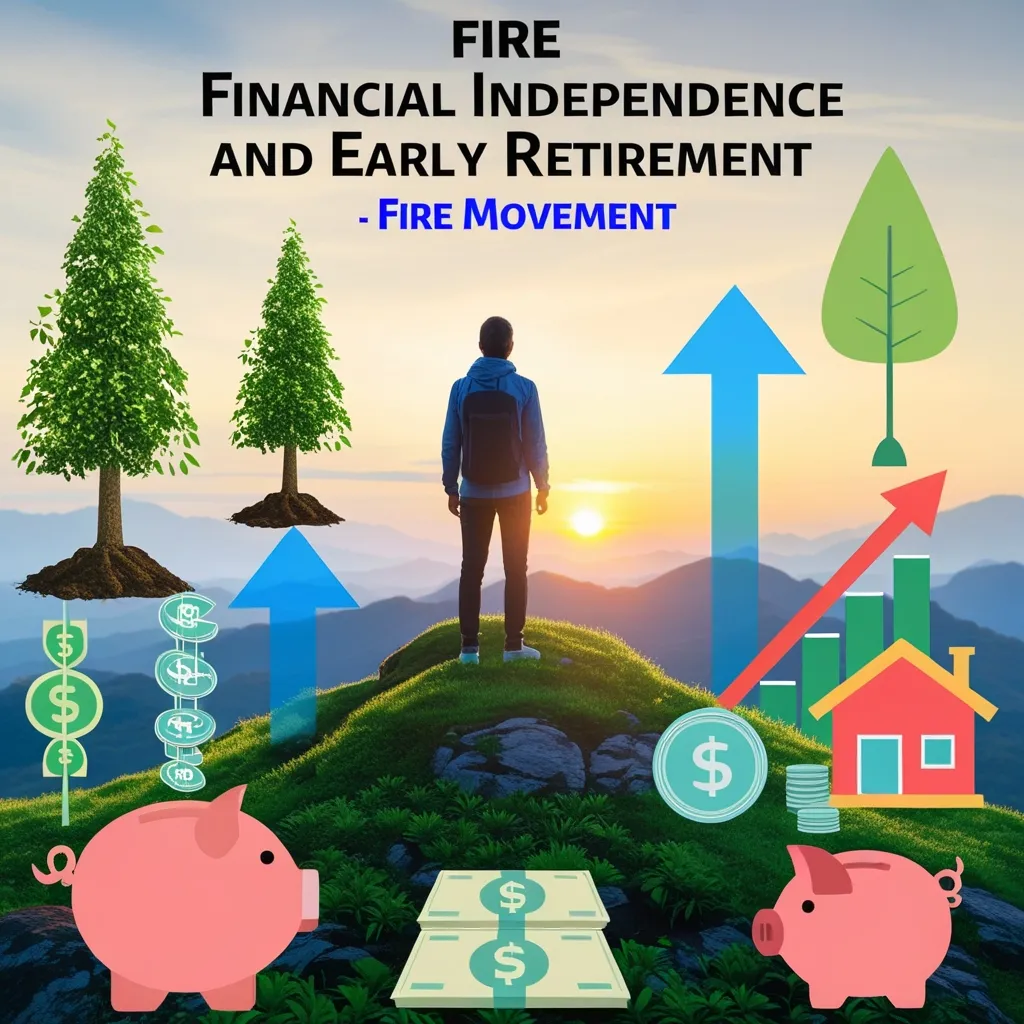The Balancing Act: How Technology-Driven Productivity Can Offset Labor Shortages
In today’s fast-paced world, we’re witnessing a fascinating interplay between technology, productivity, and the job market. It’s like watching a high-stakes juggling act, where businesses are trying to keep all the balls in the air while dealing with labor shortages and rising costs. But here’s the million-dollar question: Can tech-powered productivity growth save the day when workers are scarce?
Let’s dive into this complex issue and see how cutting-edge tech is reshaping the way we work.
The Labor Crunch: A Modern Dilemma
Picture this: You’re a business owner, and suddenly, finding good workers feels like searching for a needle in a haystack. That’s the reality many companies face today, especially in the wake of the COVID-19 pandemic. We’re talking about a job market so tight that there are often two job openings for every unemployed person. It’s like a game of musical chairs, but with not enough people to fill the seats.
This shortage isn’t just a headache for HR departments. It’s pushing wages and benefits through the roof as companies scramble to attract and keep talent. It’s Economics 101 – when something’s in short supply, its price goes up.
Enter the Robots: Automation to the Rescue?
So, what’s a business to do when human workers are hard to come by? Enter the world of automation. We’re not talking about sci-fi robots taking over the world (yet), but rather smart technologies that can handle tasks once done by humans.
Think about the last time you went grocery shopping. Did you use a self-checkout kiosk? That’s automation in action. Or consider the massive warehouses that fulfill our online orders – many now use robots to zip around and fetch items.
But here’s the kicker: Automation isn’t just about replacing workers. It’s about supercharging productivity. It’s like giving your business a turbo boost, helping you do more with less.
The Productivity Paradox: Losing Jobs or Creating Opportunities?
Now, you might be thinking, “Wait a minute, won’t automation just put people out of work?” It’s a valid concern, but the reality is more nuanced. Yes, some jobs might disappear as machines take over certain tasks. But here’s the twist – automation often creates new opportunities too.
Think of it like this: When businesses become more productive thanks to automation, they can grow and expand. This growth often leads to new jobs in areas that machines can’t easily handle. It’s like a game of workplace musical chairs, where some chairs disappear, but new ones pop up in unexpected places.
For example, while industrial robots might reduce the need for some factory workers, they also create jobs for people who design, maintain, and oversee these robotic systems. It’s all about adaptation and finding new niches in the evolving job market.
The Productivity Boom: A Silver Lining
Here’s some good news: We’re in the midst of a productivity renaissance. After nearly two decades of sluggish growth, U.S. labor productivity is on the upswing. In 2023, it grew by a impressive 2.7%, almost matching the golden era of the 1990s.
What’s driving this boom? A big part of it is the surge in new businesses since 2020. It’s like a fresh wave of entrepreneurial energy is sweeping through the economy, reversing years of declining business dynamism.
AI: The New Productivity Powerhouse
Now, let’s talk about the new kid on the block – artificial intelligence, particularly generative AI (GenAI). Tools like ChatGPT and Copilot are like having a super-smart assistant at your fingertips. They’re helping workers, especially in cognitive roles, to work smarter and faster.
Imagine you’re a customer support agent. With AI-powered tools, you can resolve issues quicker and even come up with innovative solutions. Studies show these AI assistants can boost productivity by 14% on average, and for newbies or less-skilled workers, that number jumps to a whopping 34%.
But here’s the real kicker: If AI can make cognitive workers (who make up a big chunk of the workforce) 30% more productive over a decade, we could see an overall productivity and output increase of 18%. That’s not just a small boost – it’s a game-changer.
The Long Game: Beyond the Short-Term Squeeze
Sure, labor shortages are a pain in the short term. But investing in automation and new tech could pay off big time in the long run. Higher productivity means we can produce more without using up more resources. It’s like getting more bang for your buck.
And here’s a bonus: As companies become more productive, they can afford to pay workers more without jacking up prices. That means real wage growth and a better standard of living for everyone. It’s a win-win situation.
Different Strokes for Different Folks
Not all industries feel the impact of automation and new tech in the same way. If you’re in manufacturing or logistics, where many tasks are routine and manual, automation can be a real game-changer. But if your business relies more on creative or unpredictable tasks, it might be trickier to replace human workers with machines.
Take manufacturing, for example. Robots are great at repetitive tasks, so they’ve really boosted productivity in factories. But in fields like education or healthcare, where human interaction is key, the impact of automation might be less dramatic.
The Human Element: Navigating the Change
Now, let’s get personal for a moment. If you’re a worker in today’s economy, all this talk of automation and AI might sound a bit scary. And it’s true – up to 49% of the workforce could face some challenges as new technologies roll out.
But here’s the thing: It’s not about robots taking your job. It’s about adapting to a changing workplace. Maybe you’ll need to learn new skills, like data analysis or programming. Or perhaps you’ll find yourself in a role that oversees and manages automated systems.
The key is to stay curious and keep learning. Think of it like updating your personal operating system to stay compatible with the new world of work.
For businesses, it’s a balancing act. Yes, automation can save money and boost efficiency. But it’s also crucial to support your workforce through these changes. Smart companies are investing in training programs to help their employees evolve alongside the technology.
Wrapping It Up: The Road Ahead
So, can technology-driven productivity growth offset labor shortages? The answer is a cautious yes. While it’s not a magic bullet, the combination of automation, AI, and other tech innovations has the potential to fill gaps in the workforce while boosting overall productivity.
But here’s the catch: We need to navigate this transition thoughtfully. It’s not just about replacing workers with machines. It’s about creating a future where technology enhances human capabilities, creating new opportunities and driving economic growth.
As we move forward, the challenge is to harness these technologies in a way that benefits everyone – businesses, workers, and society as a whole. It’s about creating a more efficient and productive economy while ensuring that the gains are shared fairly.
In the end, embracing automation and new technologies isn’t just about solving today’s labor shortages. It’s about building a more prosperous future for all of us. It’s a journey that requires adaptability, innovation, and a commitment to supporting each other as we navigate this brave new world of work.
So, the next time you hear about a new AI tool or see a robot in action, remember: It’s not just a cool gadget. It’s a piece of the puzzle in our ongoing quest to build a more productive, efficient, and hopefully, more equitable world of work.






